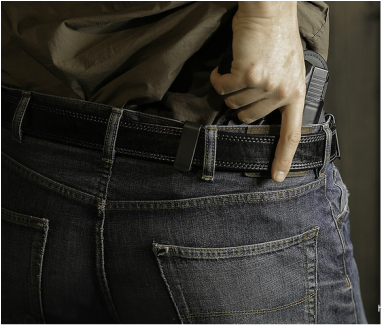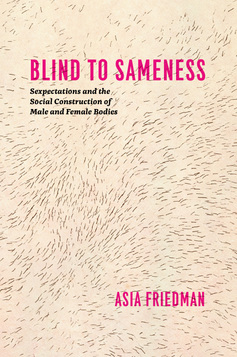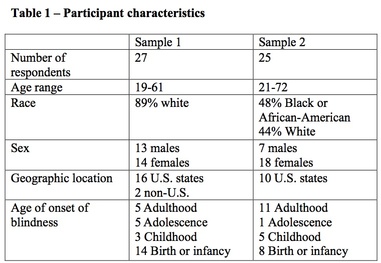University of Toronto
In the winter of 2010, I arrived in Michigan to study the “gun carry revolution” for my book Citizen-Protectors: The Everyday Politics of Guns in an Age of Decline. Over the last few decades, US states have increasingly loosened their restrictions on the ability of residents to carry guns in public (including “shall-issue” and “Constitutional carry” laws) and to use them in self-defense (i.e., “Stand Your Ground” laws).
Today, estimates top off at over 11 million licensed gun carriers in the US. Some Americans are also embracing the open carrying of handguns and even long-guns. This surge in legal gun carriers reflects and sustains a major transformation in how Americans understand the place of guns in everyday life: the number-one reason Americans own guns today is for protection, and according to recent polls from Pew and Gallup, most Americans view gun ownership as doing more to protect people than endanger them. This is a major shift in the imagined place of guns as objects of safety and security.
As I prepared to research gun carriers – drafting out interview questions, developing my proposal – I spent much time anticipating and envisioning my discussions with gun carriers about their decision to carry a gun.
While I had many questions for gun carriers, I did not expect that these questions would be turned on me. Yet, gun carriers seemed nearly as curious about me as I was about them. Telling me they felt “naked” without their firearms, they wanted to know: Would I ever carry a gun? How much did I value my own safety? What about the safety of others? At times, gun carriers bade me farewell by telling me to stay safe – because no woman should drive the highway alone, unarmed. A couple of gun carriers even offered me a gun to borrow (I politely declined).
As gun carriers encouraged me not just to study guns but actually experience them, I found myself squarely within what Loic Wacquant has recently called “enactive ethnography:” a sociology “not of the body as a sociocultural object but from the body as fount of social intelligence and social acumen”. To understand gun carry as a form of politics, I had to understand gun carry as an embodied project.
So, I became a concealed carrier.
In these courses, I did learn a bit about gun handling; there are a few hours required at the gun range where students practice target shooting and firearms safety. But more than that, I learned how to relate to my gun as an object I carried throughout everyday life.
As gun carriers fix a gun to their hip, they confront an uncomfortable reality: that they, like the people against whom they arm themselves, are both capable and willing to use lethal violence against another person. I felt this dilemma first-hand. Consider this: I knew that I was physically capable of using a firearm if I was faced with, for example, the proverbial “violent rapist” often referenced by gun carriers to justify why women should carry guns. What if I was, in fact, violently attacked at some point during my research, while I was carrying? What kind of person would I be if I used my gun? And what kind of person would I be if I didn’t? With the weight of the gun heavy on my hip, I could not ignore these questions.
This is where the NRA comes in – not as a peddler of political ideology but rather as a shaper of moral practice. The NRA course materials typically distributed to students in Michigan emphasize that while a gun may not be for everyone, those who choose to carry a gun for their protection, the protection of their families, and even the protection of their broader communities are responding to a higher calling. They are good people. Consider, for example, this passage from one NRA handbook given to students:
If you do defend yourself, it is important in the aftermath to remember:
- You are a good person […]
- You are a moral person
- Your attacker was the one who chose a lifestyle and sequence of events that led to this encounter
- You were morally justified in protecting yourself and your family
- You have quite possibly saved the lives of others by stopping this predator from harming future innocent victims.
This passage deviates from the infamous “Cold Dead Hands” rhetoric and “culture war” ideology, analyzed in Scott Melzer’s Gun Crusaders, often associated with the NRA. Instead of galvanizing Americans with fears of gun control and even confiscation, the NRA’s training arm mobilizes an embodied, ethical project by situating guns and the willingness to carry and use them as the mark of a moral person. In a colorblind discourse that individualizes the problem of criminal behavior as a story of “bad guys” who choose an immoral course of action, the “good guys with guns” save not just themselves but also their families and even future would-be victims in their communities.
My research on gun carriers revealed that the body is a central site of gun politics. Indeed, a carried gun is not just an unwieldy weight on the hip. It’s an embodied reminder of a moral duty that gun carriers see as marking them off as “citizen-protectors.” Looking from the ground up at the Americans who understand guns as part of everyday life, I found that the NRA does more than impact what happens in the voting booths or in state legislatures across the country. Through training, the NRA also provides one place where the very personal relationship between a gun carrier and his or her gun is shaped – a relationship with profound consequences not just for individual gun carriers but also for the social organization of policing and protection, and of life and death.
Further Reading
For more on NRA training (and masculinity, race, and gun politics), check out Citizen-Protectors: The Everyday Politics of Guns in an Age of Decline, now available from Oxford University Press.
For more on femininity, embodiment and concealed carry, see “Carrying Guns, Contesting Gender” in the Winter 2015 issue of Contexts.



 RSS Feed
RSS Feed
